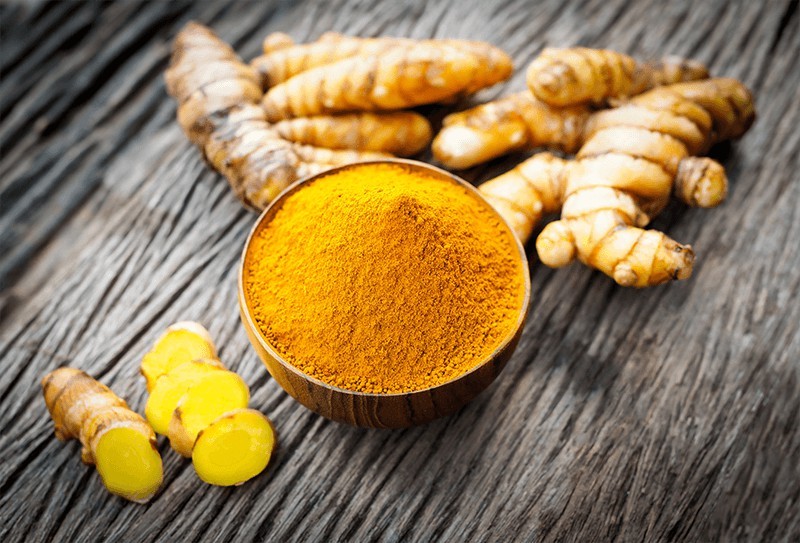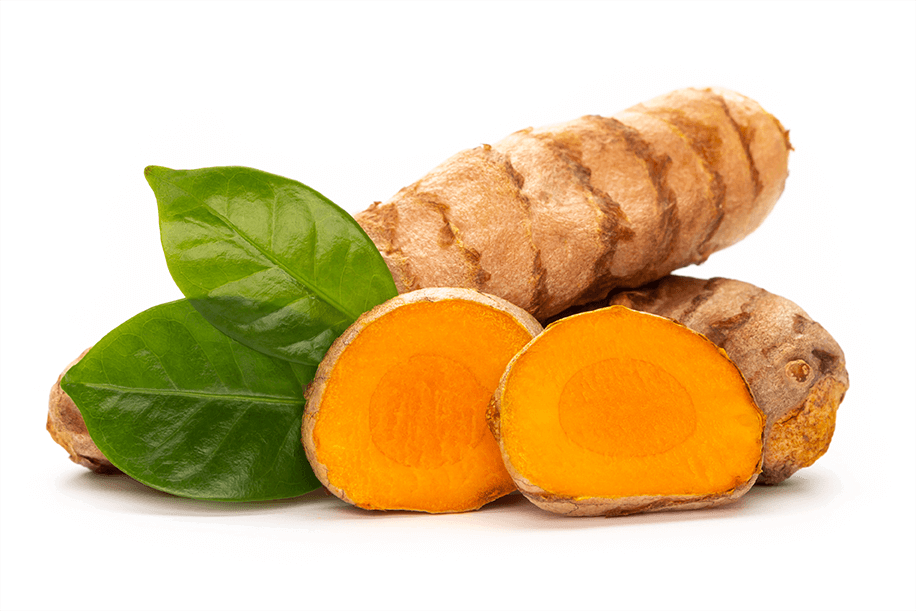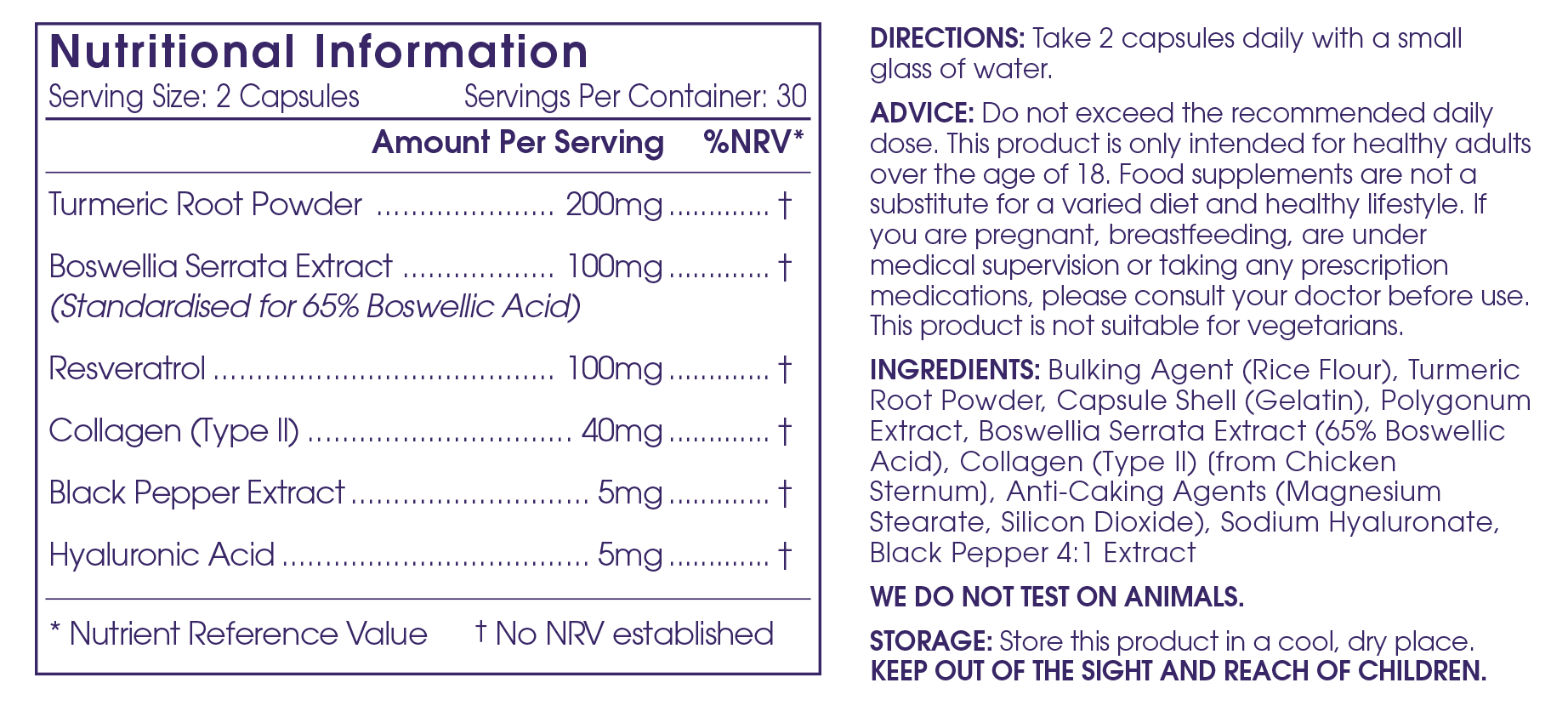Arthritis is something nobody wants to deal with, yet as we get older, we become more susceptible to it. However, we don’t have to live out the rest of our lives dealing with the agonizing pain that may come with it. For thousands of years, turmeric has been used for its medicinal properties. Thanks to modern science, it has been confirmed that turmeric for arthritis does, in fact, work some medicinal wonders.
Arthritis and Inflammation
One of the classic side effects of arthritis is inflamed joints. It’s a chronic condition in rheumatoid arthritis but is also present in osteoarthritis. What happens is that your body produces inflammatory proteins that can cause you pain. When you take turmeric, you can turn off those inflammatory molecules. It will block any attempts there are for your body to become inflamed.
What Is Turmeric?
When you talk about inflammation, you have to talk about turmeric. This bright yellow root, related to ginger, has anti-inflammatory properties. There is also a compound within the turmeric root called curcumin that has potent antioxidant properties as well. Thanks to these properties, turmeric has come to be used for treating issues with inflammation across the board, including inflammation stemming from arthritis.

Studies Regarding Turmeric’s Effect on Arthritis
There have been quite a few studies at this point relating to turmeric’s potential role in successfully reducing and eliminating pain from arthritis.
In 2016, there was a review of several clinical trials that looked into how effective turmeric is for arthritis pain. At the end of the review, it was found that there was ample evidence of turmeric being able to minimize soreness and inflammation stemming from arthritis. This was especially true when it came to osteoarthritis. In around 8-12 weeks, the effects were very pronounced. In fact, turmeric was found to be as effective as taking non-steroidal anti-inflammatory drugs like ibuprofen.
While they concluded that more research is necessary, people have been taking turmeric for inflammatory issues for millennia. However, they did suggest people suffering from arthritis take turmeric as a supplement in their daily lives.
There was a study done in 2017 that looked into the effectiveness of bio-available curcumin, which is a compound in turmeric, and found massive reductions in soreness and inflammation. This was another victory for proving the powerful effect turmeric has at reducing pain from arthritis.
The following year, in 2018, another study looked into the effectiveness of curcumin on those suffering from rheumatoid arthritis. Once again, turmeric shined in its ability to reduce the amount of inflammation and soreness that would normally be experienced with this condition. It was able to do this by blocking key intracellular pathways responsible for signaling the inflammation in the first place.
After all is said and done, it has become verified, through numerous studies, just how effective turmeric for arthritis pain can be. Given all of this, you can be quite confident that when you take turmeric, not only are you doing so without cause for concern regarding unwanted side effects, you get to finally be released from the pain that comes along with arthritis.

Treating Inflammation From Arthritis
The treatment for inflammation stemming from arthritis occurs when you give your body anti-inflammatories. Turmeric is a powerful anti-inflammatory whose effectiveness explodes when you combine it with black pepper. In fact, its bio-availability rises an astronomical 2,000% with this combination. This is why the best turmeric supplements are combined with black pepper.
JointFuel360 is a natural joint supplement. It also has several other natural helpers, like boswellia serrata, resveratrol, and type II collagen.
Wrapping Up
Don’t wait until joint pain sets in. You can implement strategies for health and wellness over the long term. An active lifestyle, combined with a healthy diet and quality health supplements is a great way to help you keep moving!
* These statements have not been approved by the Food and Drug Administration. This product is not intended to diagnose, treat, cure, or prevent any disease.
SOURCES:
https://www.betterhealth.vic.gov.au/health/conditionsandtreatments/ageing-muscles-bones-and-joints
https://orthoinfo.aaos.org/en/staying-healthy/effects-of-aging/
https://www.healthline.com/health/osteoarthritis/understanding-aging-and-joints
https://health.clevelandclinic.org/5-best-ways-to-safeguard-your-joints-as-you-age/
https://www.healthline.com/health/improving-mobility-in-old-age
https://hcamidwest.com/blog/entry/aging-bone-joints
https://www.mayoclinic.org/healthy-lifestyle/fitness/in-depth/what-it-takes-to-be-agile-at-any-age/art-20390071
https://www.mountsinai.org/health-library/special-topic/aging-changes-in-the-bones-muscles-joints
https://www.webmd.com/pain-management/features/common-pains-of-age
https://www.bannerhealth.com/staying-well/expert/joint-pain-aging
https://www.physio-pedia.com/Effects_of_Ageing_on_Joints
https://orthoinfo.aaos.org/en/staying-healthy/smoking-and-musculoskeletal-health












